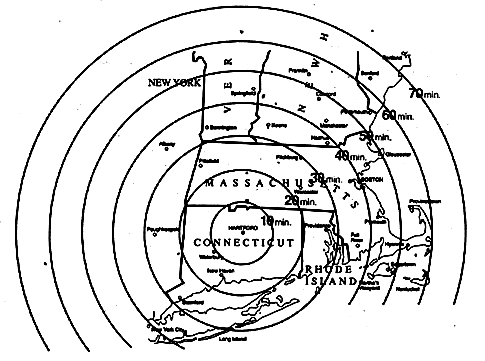LIFE STAR safety information

In a safety training drill Blaise Smyth, a respiratory therapist flight crew member wearing foggles (goggles with fogged eyepieces) opens the rear cabin door by means of the emergency lever.
The landing zone of LIFE STAR is always at least 60' x 60', relatively flat, and free of overhead obstructions. It is also clear of any powerlines in the immediate area, antennas, cranes, smokestacks, etc.
By day the landing zone is marked by orange cones or flares at each corner.
At night, a single strobe light, or a road flares in each of the corners of the landing zone mark it well.
If the landing zone is dusty, wetting down of the area is very helpful.
LIFE STAR will contact the scene approx 3-5 minutes before their arrival. The ground crew will brief the LIFE STAR crew on the conditions of the landing zone.
 The pilot stays with the aircraft watching out for any people getting to close to the action, and to assist the crew in loading.
The pilot stays with the aircraft watching out for any people getting to close to the action, and to assist the crew in loading.

Fire suppression training is required for each crew member. Deborah Picard, Flight RRT, gets hands on training in the use of a Co2 Fire Extinguisher from Hartford Hospitals Deputy Fire Marshal, Michael Buckley.

This is the LIFE STAR service area.
The center of the circles marks Hartford, Ct. were the helicopters are based. Each circle indicates the range of the helicopter every 10 minutes. The furthest ring is 70 minutes.
This page hosted by Get Your own Free home page
Get Your own Free home page

 The pilot stays with the aircraft watching out for any people getting to close to the action, and to assist the crew in loading.
The pilot stays with the aircraft watching out for any people getting to close to the action, and to assist the crew in loading.

 Get Your own Free home page
Get Your own Free home page
 The pilot stays with the aircraft watching out for any people getting to close to the action, and to assist the crew in loading.
The pilot stays with the aircraft watching out for any people getting to close to the action, and to assist the crew in loading.
